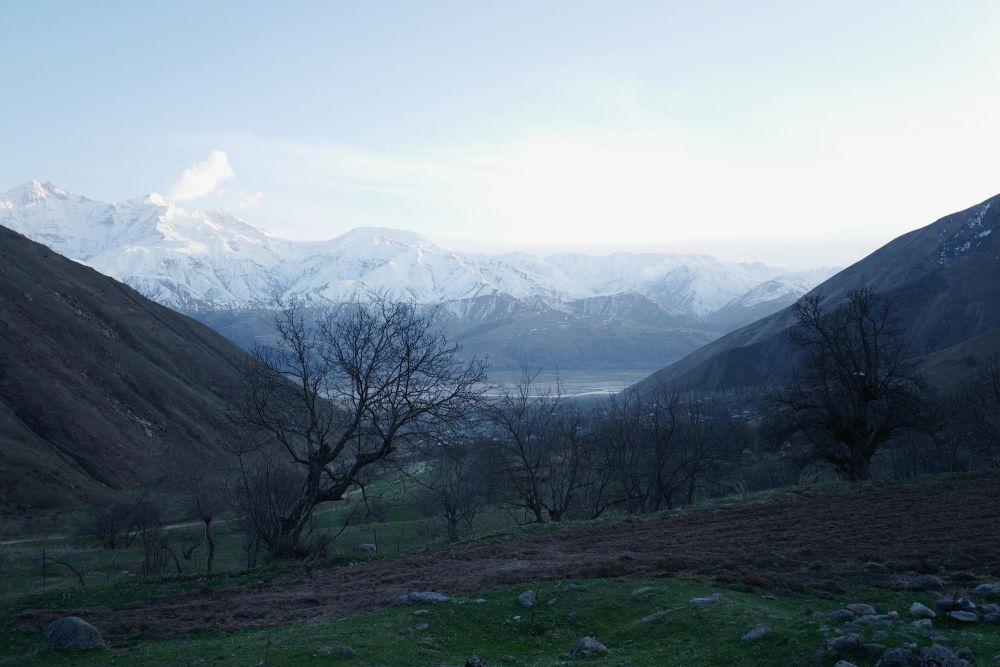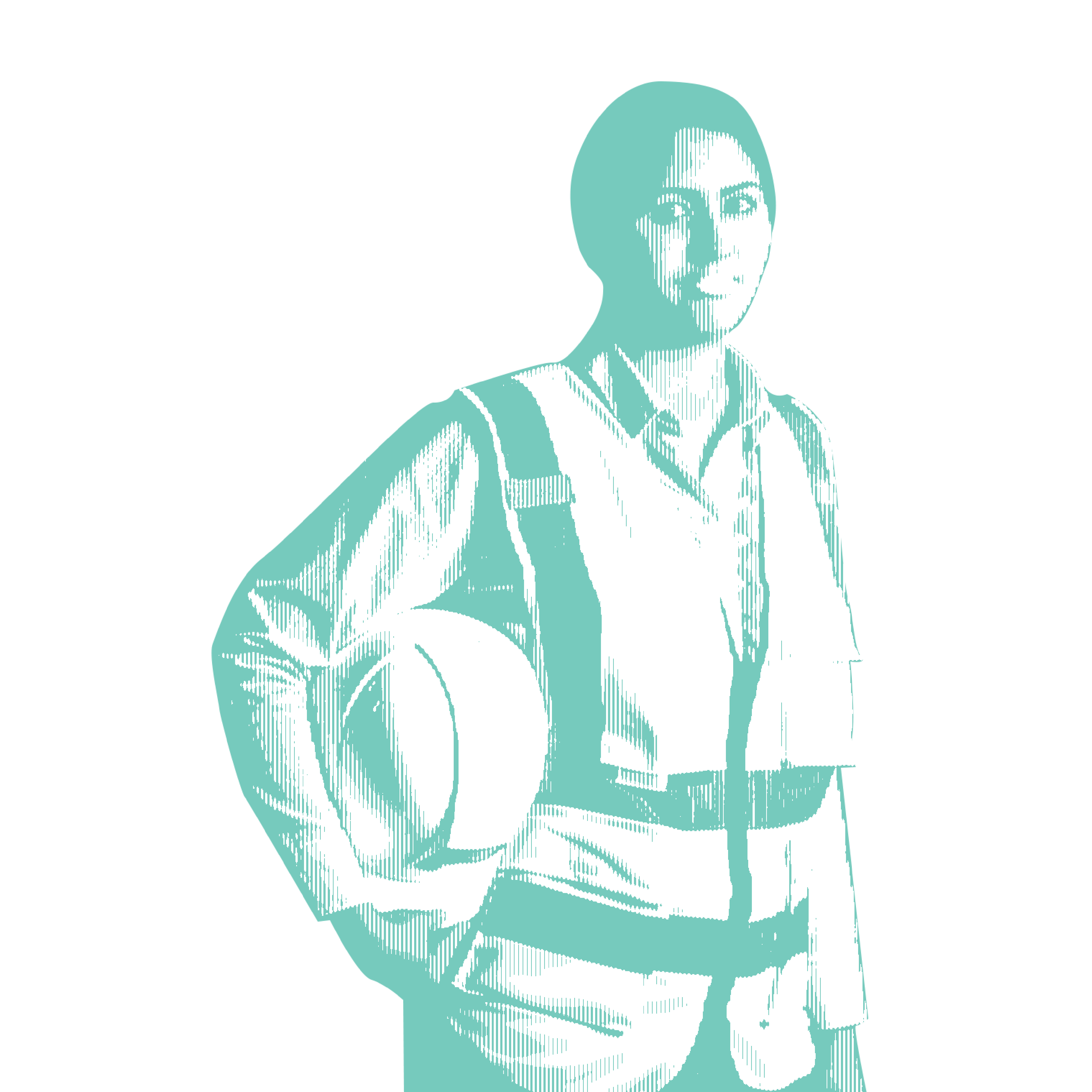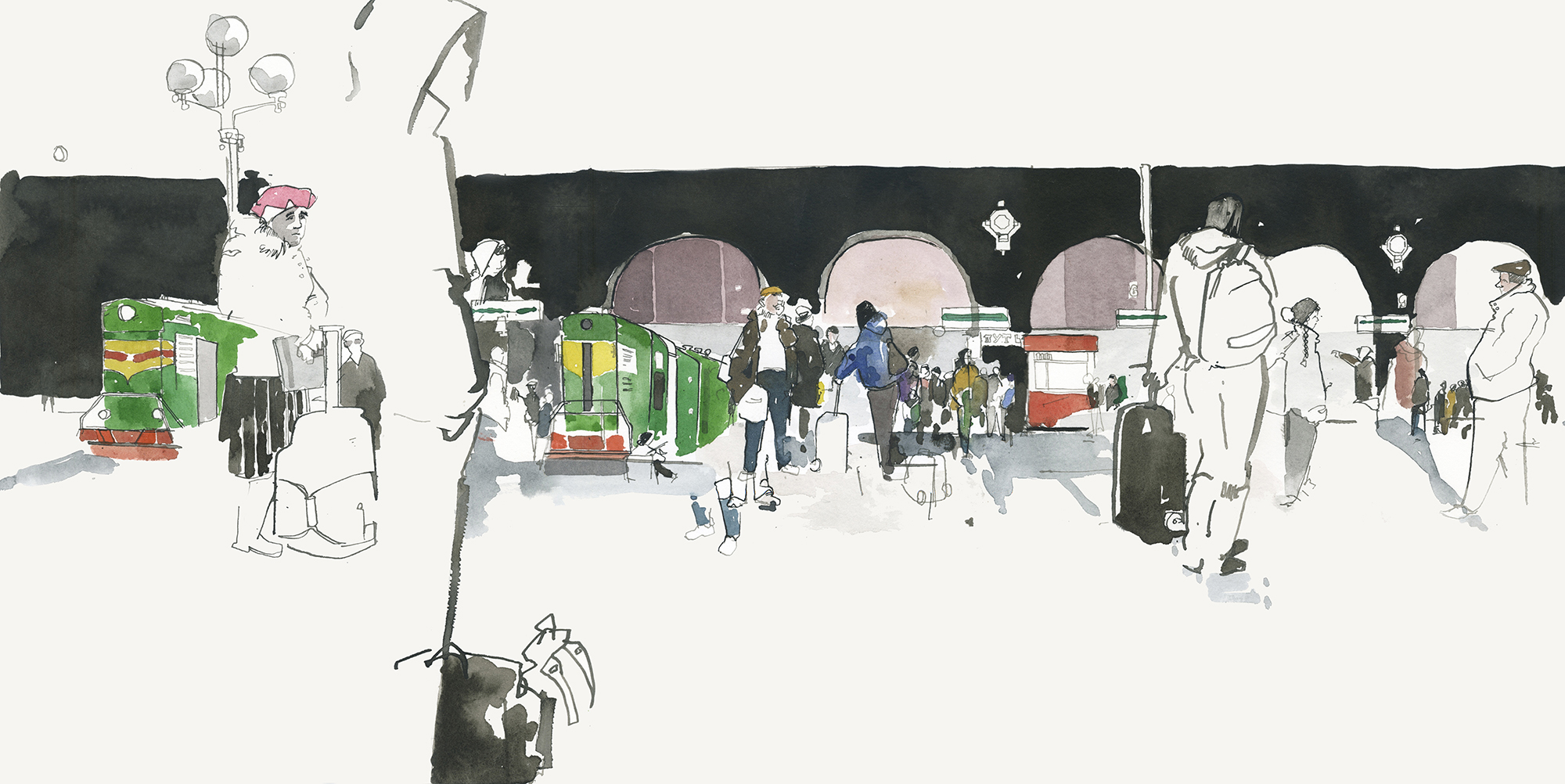
George Butler and Joe Schottenfeld
Four days, five border crossings and 2,000 miles. Pulitzer Center grantees George Butler and Joe Schottenfeld traveled from Dushanbe to Moscow by rail, joining the army of migrant workers from Tajikistan in their desperate search for work in the Russian capital. “Tajikistan, the poorest Central Asian state, is among the most labor migration-dependent countries in the world,” writes Joe in his report for Foreign Policy. “In 2015, it received the equivalent of 37 percent of its GDP in the form of remittances.” The hardships endured by the workers are captured in George’s remarkable illustrations.
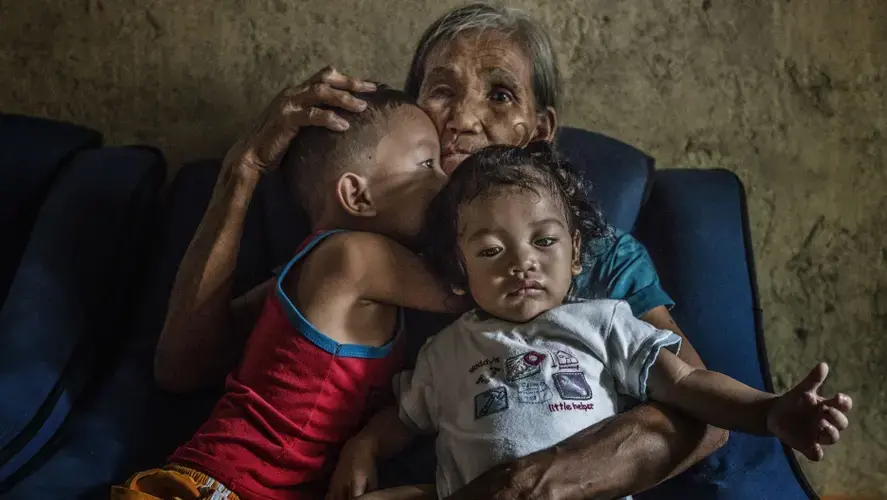
Ana P. Santos
Over the past year Philippine President Rodrigo Duterte has presided over the extrajudicial killings of more than 14,000 citizens. Grantees Ana Santos and James Whitlow Delano look at how various institutions in the country—including the Catholic Church—have responded.
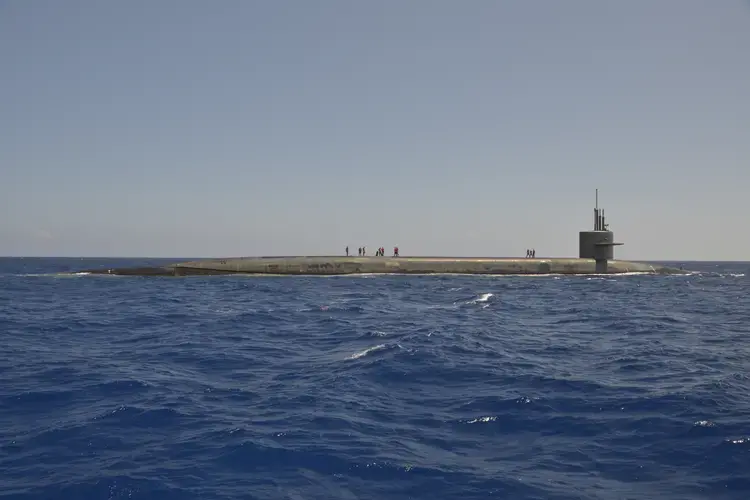
Jamie Mclntyre
President Trump boasted last week that he had ordered a modernization of the US’s nuclear arsenal. Actually it was President Obama who ordered that—as grantee Jamie McIntyre reported last year. The PBS NewsHour revisited parts of Jamie’s project last week.
Click here to subscribe to our weekly news roundup.

